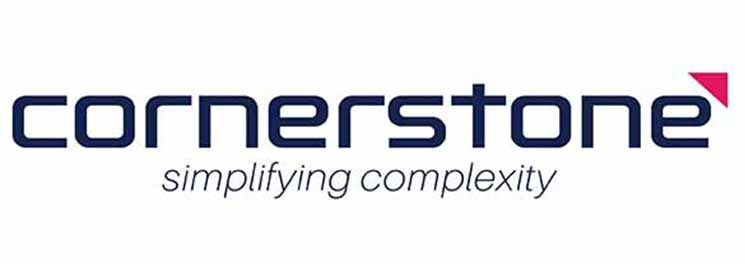
Overcoming Data Swamps with Data Lake Governance
Big data continues to grow bigger with each passing year. In today’s digital age, the exponential growth in the amount of data produced is clear.
IDC project that by 2025 80% of worldwide data will be unstructured. If you aren’t already, your business will be creating huge data lakes very soon.
What is a data lake?
Think of it as a centralised archive for your data. A place where you can store all of your structured and unstructured data at any scale.
All data sources send a river of data into your data lake. It serves as a storage place for your raw and unfiltered data and other curated enterprise data sets.
Structured data sets come with their own structure, requiring no further indexing or tagging. Unstructured data sets arrive in your data lake in its native format. It could be in the form of a social media post, an image, MP3 file, etc. It is this data that creates a swamp.
Data lake or data swamp?
When a bunch of mixed data lands in your data lake, finding something unique can be hard. Worldwide, there are at least 2 devices for every person, which is creating a lot of new data every day. So your data lake will continue to grow wider and deeper, never simpler.
Sometimes a data lake can collapse under the weight of its own accumulated data. This usually happens when too much time passes without clear indexing and governance.
Collecting data is only the tip
While collecting data is vital, it is less than half of the process. The true value is when it can be brought together and utilised for analyses.
A data lake requires data governance.
Information needs to be cataloged and accessible for it to be usable. Searching for answers without the right structure can be an inefficient and tedious process. The first step is to centralise all data into a data lake.
A well-governed data lake …
A good data catalog plays a vital role in managing a data lake.
A data catalog will…
A data lake can turn the exponential growth of data from a burden into an advantage. And if managed with an enterprise data catalog, will inspire actionable insights.
With each passing day, the flow of your data into repositories is only going to get bigger. Governance will create order from chaos and ensure continued productivity and accuracy.
Data catalog are an easy tool to wield. Companies that incorporate an IBM Watson Catalog into their data lake are scaling up to a healthy data-driven future with great success.
Learn more about improving your performance by incorporating a data lake and IBM Watson Catalog into your future. Contact IBM’s Platinum Business Partner, Cornerstone Performance Management, for a demonstration today.
Follow us on LinkedIn to stay up to date.





